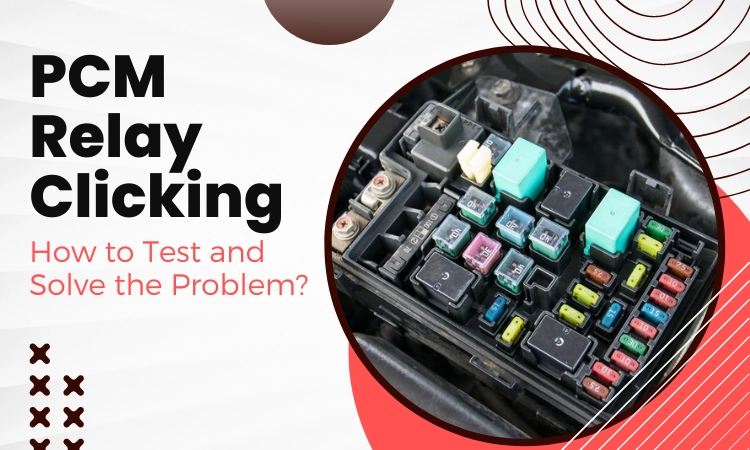4R70W VS E4OD VS 4R100: Which Transmission is the Best?
Are you confused about what type of transmission you should use for your vehicle among 4R70W, E4OD, and 4R100? Well, they all have different characteristics and applications.
So, which one is the best in the 4R70W vs E4OD vs 4R100 battle?
The 4R70W is good for producing 700 ft-lbs torque in smaller vehicles. But the E4OD and 4R100 are more appropriate for larger vehicles. Here, the 4R100 is considered to be an updated version of the E4OD.
There are other differentiating factors that make each transmission unique. Take a look at the article below to read more about these differences.
4R70W VS E4OD VS 4R100: Quick Overview
The 4R70W, E4OD, and 4R100 have many differences which make them fit different kinds of applications. Here’s an at-a-glance table of the three transmissions to identify the distinguishable factors with bare eyes.
| Factors | 4R70W | E4OD | 4R100 |
| Weight | 135 lbs | 270 lbs | 270 lbs |
| Case Material | Aluminum | Aluminum | Aluminum |
| Overdrive | Yes | Yes | Yes |
| Torque Capacity | 700 ft-lbs | 900 ft-lbs | 1000 ft-lbs |
| Power | 650 HP | 350 HP | 450 HP |
| Boiling Point | 285 rwhp | 250-350 rwhp | 350-450 rwhp |
| Gears | 4 forward gears | 4 forward gears | 4 forward gears |
| Gear ratio | 1st: 2.84 (2.40)2nd: 1.55 (1.47)3rd: 1:1 (1:1)4th: 0.70 (0.67) | 1st: 2.712nd: 1.543rd: 1.004th: 0.71 | 1st: 2.712nd: 1.543rd: 1.004th: 0.71 |
| Service Interval | 25,000-30,000 miles | 21,000-30,000 miles | 30,000-35,000 miles |
| Fluid – Service Interval | 30,000 miles | 30,000 miles | 30,000 miles |
| Fluid Capacity | 14 quarts | 18 quarts | 18 quarts |
| Manual/Automatic Control | Automatic control | Automatic control | Automatic control |
| Price range | $2,000-$2,400 | $897.00 – $1,387.00 | $897.00 – $1,387.00 |
Now, that you’re aware of the differences, it’s time you get to know about them more in detail. Keep reading to learn more.
Weight and Material:
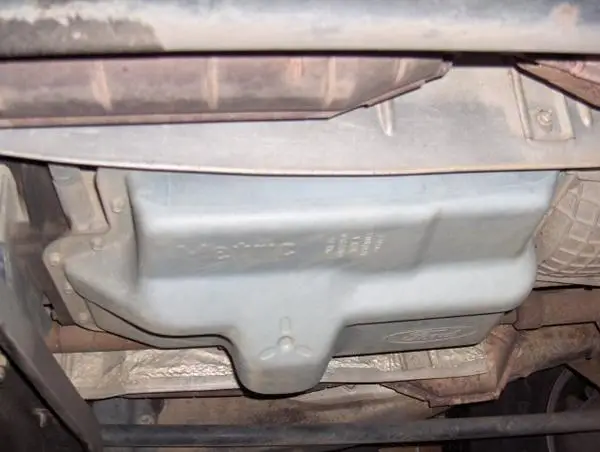
Considering the weight of the transmissions, the 4R70W weighs less than the E4OD and 4R100. The 4R70W weighs approximately 135 lbs and both the E4OD and 4R100 weigh around 270 lbs.
4R70W is only put behind small blocks. On the other hand, the E4OD and 4R100 are suitable for big blocks and diesel engines. So, they require additional components for more strength.
Now, speaking of the material, all three transmissions are built with Aluminum. It’s because Aluminum conducts excellent electrical conductivity. Though the conductivity is less than copper, it helps to make the transmission lightweight. Heavyweight transmissions have the risk of damaging internal components.
Overdrive and Torque Capacity:
All three of the transmissions, 4R70W, E4OD, and 4R100 have OverDrive added to their systems. But the 4R100 has the most improved computer control than the 4R70W and E4OD transmissions.
The 4R70W has a torque capacity of 700 ft-lbs whereas the E4OD has a torque capacity of 900 ft-lbs. As 4R100 is a better version of the E4OD, it can tow for 1000 ft per lb.
Power Capacity:
Again, the 4R70W has the highest power capacity among the 3 transmissions. It is ideal for engines that can produce up to 650 hp. On the contrary, the E4OD and 4R100 support engines of 350 hp and 450 hp. So, in this case, the E4OD is less capable of working with high-powered engines.
Considering the rear wheel horsepower (rwhp) capacity, the 4R100 has the highest rwhp among the three transmissions. It has a reel wheel horsepower capacity of 450 rwhp. Meanwhile, the 4R70W and 4R100 can go up to only 285 and 350 rwhp.
Gears and Gear Ratio:
Now, let’s move on to the most important aspect – gears. The 4R70W has a wide gear ratio with 4-speed Reverse gears. It’s a part of the AOD family with a C-4. However, the E4OD is in the C-6 family and it has a 4-speed electronic control.
The 4R100 has also 4-speed gears including a reverse gear. The gear ratios of the E4OD and 4R100 are exactly the same since the 4R100 is just an updated version of the E4OD. But the 4R70W has slightly a higher gear ratio than the E4OD and 4R100 transmissions.
The 4R70W has four gear ratios including 2.84, 1.55, 1, and 0.70. On the other hand, the E4OD and 4R100 have gear ratios of 2.71, 1.54, 1, and 0.71 respectively.
Transmission and Fluid Service Interval:
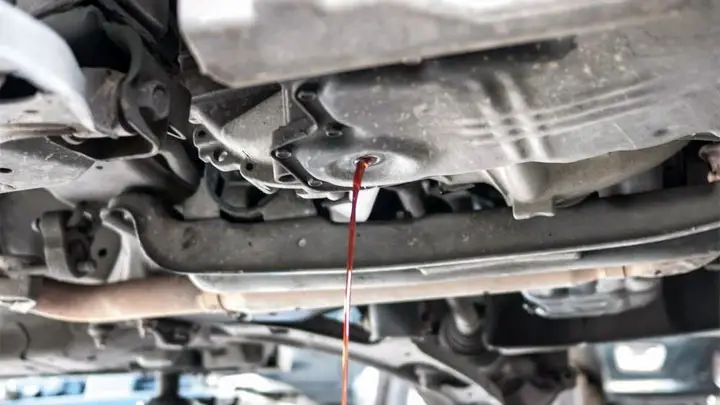
Moving on to the service interval, all three of the transmissions have the same interval (30,000 miles). The E4OD may wear off earlier than the 4R70W and 4R100 depending on the usage. But the 4R100 can serve longer than 4R70W and E4OD transmissions.
Now, transmission wear and tear depends mostly on the transmission fluid. Usually, you’ll need to change the transmission fluid of the 4R70W, E4OD, and 4R100 every 30,000 miles.
Many people think it’s the same replacement interval for the timing drive system in Ford cars. But keep in mind that the transmission fluid has nothing to do with the Ford timing belt/chain service interval.
Manual/Automatic Control:
Speaking of the control system, the 4R70W, E4OD, and 4R100, are electronically controlled automatic transmissions. They just differ in towing capacity and power but act almost similarly.
But note that if any of these transmissions start showing issues, this will reduce the capacity of the engine. It happens mostly in Chevy trucks. However, there’s nothing to worry about. You can fix the reduced engine power quite easily.
Cost Effectiveness:
By looking at the table, you can see that the 4R70W is costlier than the E4OD and 4R100. But interestingly, the E4OD and the 4R100 transmission have the same price range.
Which Transmission Should You Choose?
From the discussion above, you can understand that transmissions have a lot of variety in their characteristics. You can’t simply say one is better than the other. But you can certainly choose any of these transmissions according to your need.
Here’s a guideline provided on when you should choose which transmission.
4R70W Transmission: For Heavy-Duty Old Trucks
The 4R70W transmission is designed for higher speeds and torque applications despite being lightweight. This transmission has a strong gear set and output shaft. It is capable of reducing rotational losses. It supports older trucks like Ford Bronco SUV and Ford F-150.
However, there are a few disadvantages of this transmission that you need to keep in mind. The internal components of this transmission wear off more quickly than other transmissions. You might experience shifting the first and second gears (shudder, no shift, or late-upshift issues).
E4OD Transmission: For 3-Speed Automatic Large Trucks
The E4OD transmission is suitable for both light and heavy-duty vehicles that support C-6 engines. It works great for older trucks and 3-speed automatic large vehicles. It is a great fit for many Ford vehicles including Bronco, F-150, F-250, and F-350. However, the transmission doesn’t fit passenger cars.
Note that, in rare cases, you will see the F-150 transmission isn’t engaging. But this problem is fixable.
4R100 Transmission: For Powerstroke Diesel Trucks
If you need a more powerful transmission for Powerstroke Diesel trucks, you should use 4R100 instead of E4OD. The 4R100 has a dedicated output shaft speed sensor added in the rear of the transmission.
Moreover, this transmission also has a torque converter clutch solenoid which is absent in the E4OD transmission. This works better in diesel engines.
Can You Interchange Among 4R70W, E4OD, and 4R100?
Yes, you can interchange among 4R70W, E4OD, and 4R100. But you have to change the computer source and wiring harness as well. But the interchange is highly expensive and difficult. So, it’s not recommended to interchange the transmissions.
Frequently Asked Questions (FAQs):
How much can an E4OD tow?
An E4OD can tow on average 12,000 pounds. But depending on the engine capacity of different kinds of vehicles, it can pull anything from 1000 to 25,000 pounds.
Is AODE and 4R70W the same?
No, the AODE and 4R70W are not the same. But they have almost the same characteristics. The 4R70W has a better gear ratio and better overdrive than the AODE. Again, the cruise rpm of 4R70W is also lower than the AODE.
What fails on the 4R100 transmission?
The torque converter fails on the 4R100 transmission. It’s mostly due to manufacturing defects. Sometimes the transmission can also slip and it rarely shows shifting problems.
Final Words
I hope you now know a lot more about the 4R70W vs E4OD vs 4R100. Each transmission is appropriate for different types of applications. So, you should be aware of when to use these transmissions.
Hopefully, this article will help you in this case. Have a nice day!
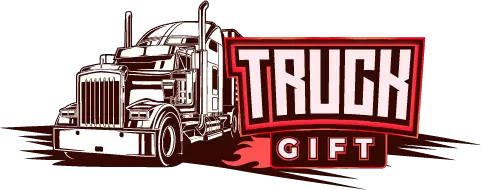
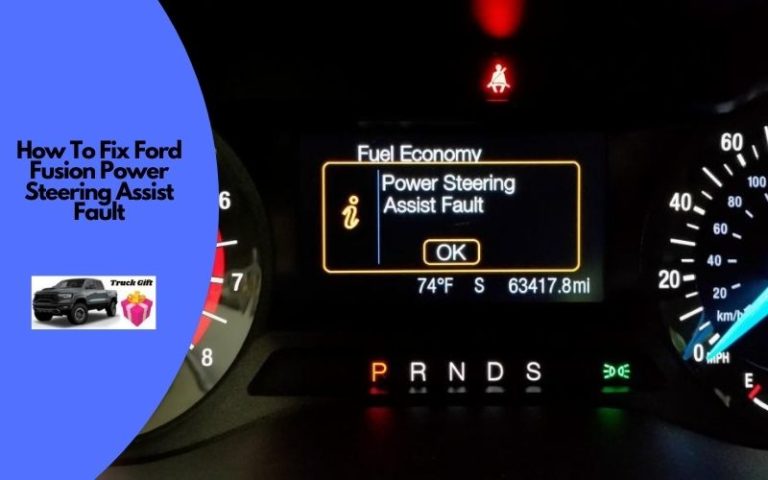

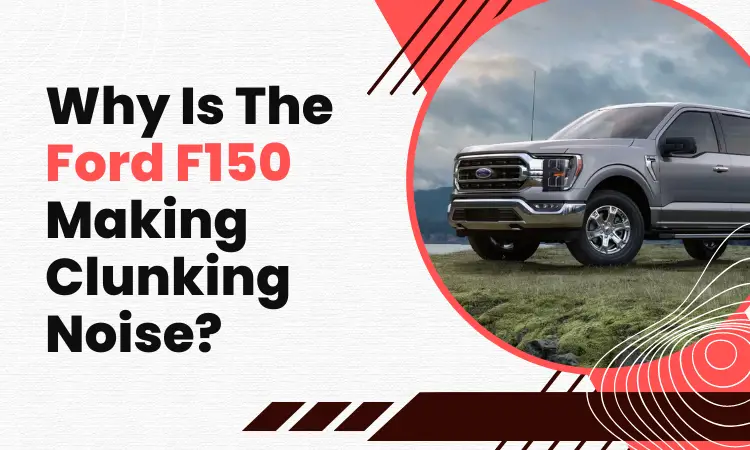
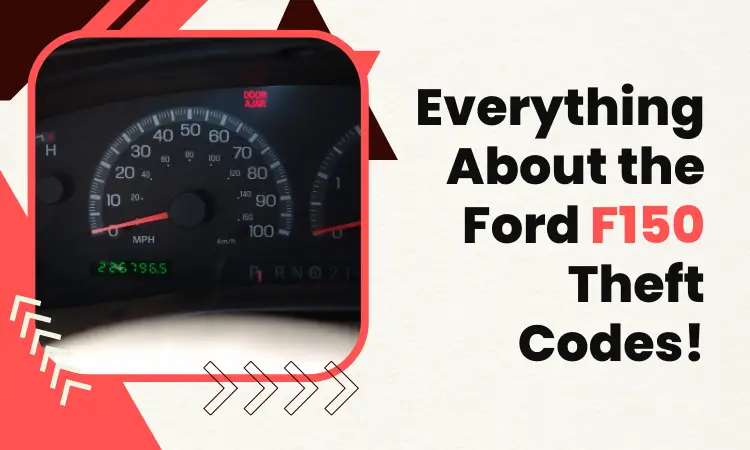
![How To Test Ford Multifunction Switch? [5 Easy Steps]](https://truckguidepro.com/wp-content/uploads/2021/08/How-To-Test-Ford-Multifunction-Switch-1-768x480.jpg)
